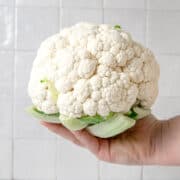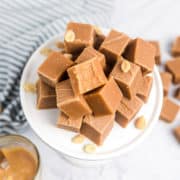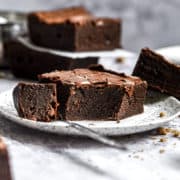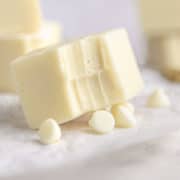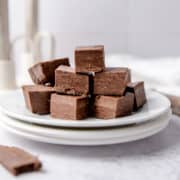Cauliflower is a versatile vegetable that can be used in all kinds of dishes. Knowing how to store cauliflower means it should stay fresh until you want to use it in your chosen cauliflower recipe.
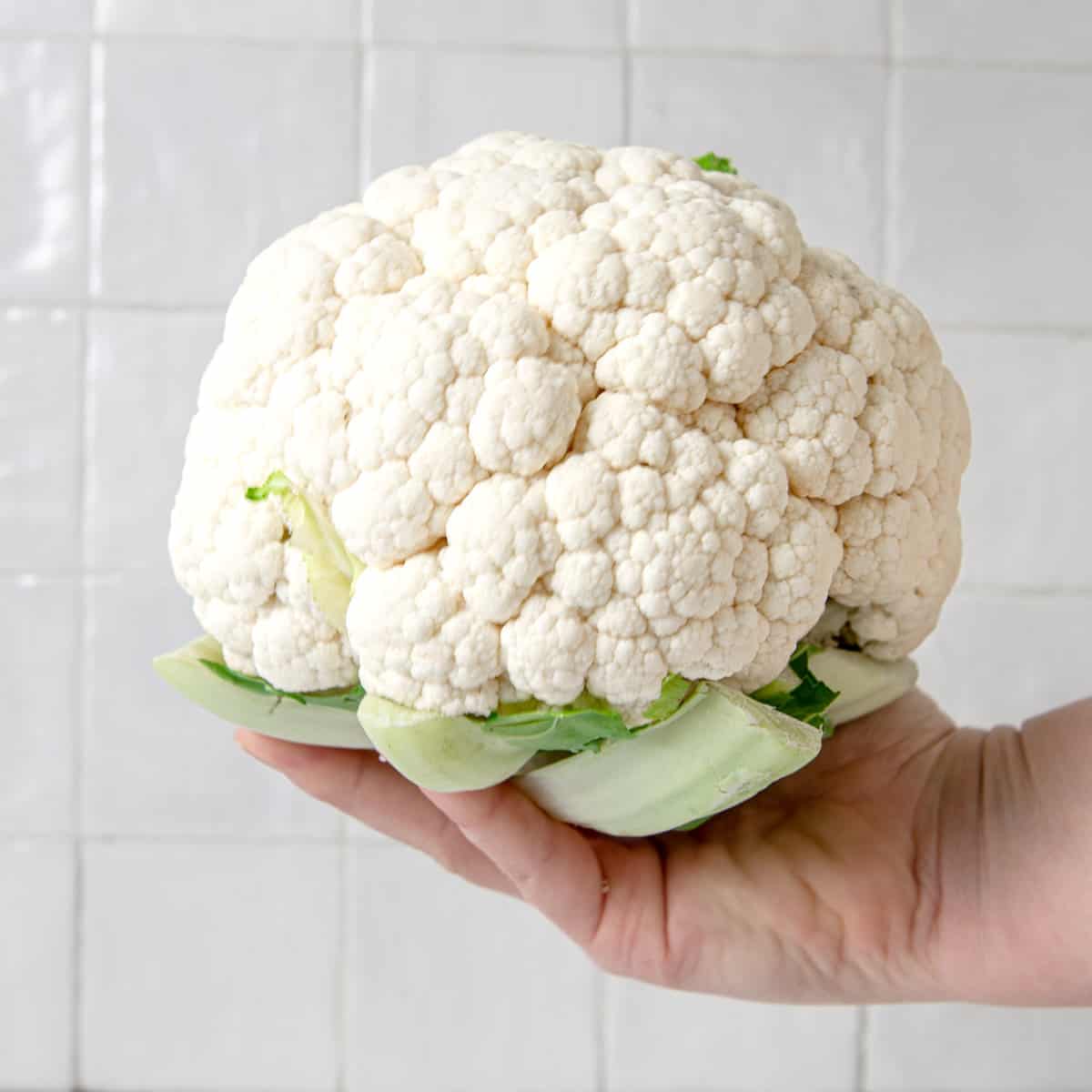
Jump to:
One of my favorite ways to use a whole head of cauliflower is in cauliflower cheese, a dish the whole family loves, and there's no such thing as "too much cheese" in this dish! Take your pick from all kinds of cheeses. Blue cheese or even Swiss cheese will add a tasty twist to this timeless side dish.
Most people have tried regular cauliflower but you can also get purple and green types, along with Romanesco cauliflower which has pointy florets. Cauliflower can be found all year but it peaks between December and mid-April.
What is Cauliflower?
Cauliflower (Brassica Oleracea) is related to broccoli, cabbage, kale, collard greens, and Brussels sprouts. Evidence points to cauliflower being popular in the Middle Ages on the island of Cyprus.
From there, they were introduced into Genoa, Italy, and then France, in the 1500s. The word "cauliflower" comes from the Italian "cavolfiore" which translates to mean "cabbage flower".
As you might expect, cauliflower is a nutritious choice. Along with Vitamin C as well as B6 and K, cauliflower contains folate, manganese, potassium, phosphorus, and more.
There are plenty of ways to use it in cooking, including making cauliflower rice, steaming, boiling, or roasting the cauliflower florets, or adding it to stir-fries, stews, soups, and more.
It can be served raw, perhaps with hummus or a similar dip, as part of a crudité platter, or cooked. There are also recipes for cauliflower pizza crust, a lower calorie, lower carb alternative to traditional flour-based ones.
How to Choose Cauliflower
The first step to delicious cauliflower dishes is knowing how to select the best one. Fresh cauliflower should have a tightly-packed, pure white head with no yellowing or graying. It should feel heavy for its size. The leaves should be green and crisp, rather than limp. The whiter the base, the fresher the cauliflower is, as brown spots can indicate age.
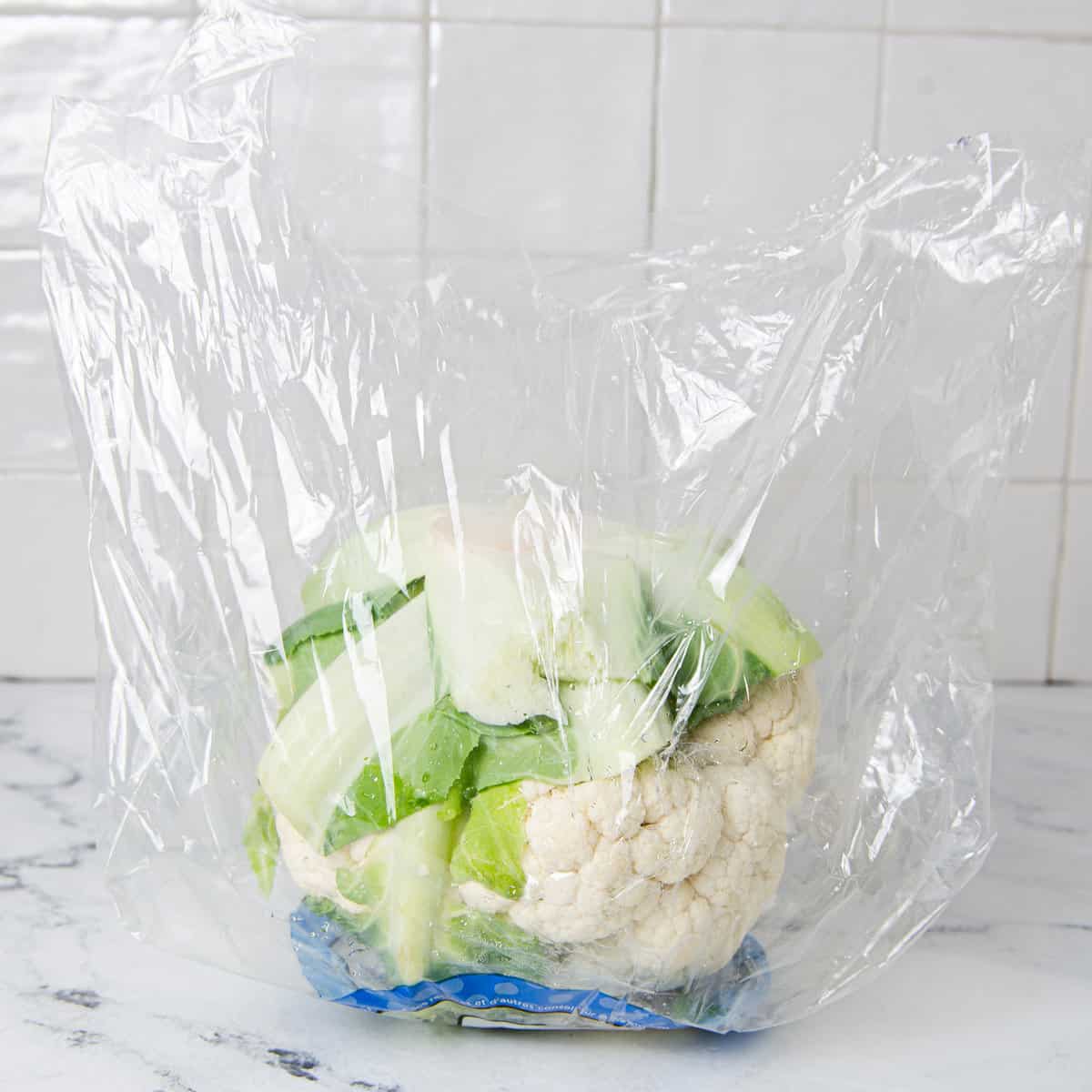
How to Store Cauliflower
Knowing the best way to store white cauliflower means you can extend its shelf life and keep it fresh. Read on to discover how to store cauliflower to make it last.
You will notice that when you buy cauliflower, it is often wrapped in plastic, and chilled rather than being at room temperature. Unlike broccoli, cauliflower can discolor and crumble easily, so the plastic wrap keeps moisture out and helps keep the vegetable in one piece. You can either refrigerate it or freeze it, depending on how much you're buying at once and when you're planning to use it.
- To refrigerate raw cauliflower, loosen the plastic wrap, so it's still covered by the open plastic bag but has some air circulation. Keep the whole cauliflower in the crisper drawer of your refrigerator with the stem facing up and use it within 4 or 5 days.
- To freeze cauliflower, rinse it well then cut it into smaller pieces with a sharp knife. Blanch it for 3 minutes in boiling water, then plunge it into a large bowl of ice-cold water. Drain it after the blanching process, then dry and freeze in a single layer on a parchment paper-lined baking sheet. Transfer the frozen cauliflower into a freezer-safe container or freezer bag, and then should last up to a year.
- Leftover cooked cauliflower should be kept in an airtight container and used within 3 days.
Thawed cauliflower will have a slightly mushy texture so it's best for use in soups, stews, or for making cauliflower pizza crust. You can also cook and mash it with potatoes to add an interesting flavor to your next batch of mashed potatoes.
How to Tell if Cauliflower is Bad
Although whole heads of cauliflower from the local grocery store or farmers market should be fine for several days, once this cruciferous vegetable is spoiled it won't taste good anymore. Fortunately, there are various ways to tell how fresh it is, or whether it's gone bad and needs to be thrown out.
Indicators of spoilage include brown spots, excess moisture in the packaging, graying or yellowing florets, limp, wilted, green leaves, visible mold, or an unpleasant smell. If any of these apply, throw it away rather than risk food poisoning.
Common Questions
Cauliflower contains sulfur compounds that react with certain metals, discoloring the cauliflower. This shouldn't affect the flavor but the cauliflower won't look so appetizing when it's cooked, so stick with stainless steel or silicon pans if possible.
There are orange, green, yellow, and purple cauliflower varieties. The purple kind is nutty and sweet, and the orange kind is also sweet. Green cauliflower is sometimes known as "broccoflower" but it's not a cross between cauliflower and broccoli, just another type of cauliflower. Any of these varieties can be enjoyed raw, served as a side dish or cooked in another way.
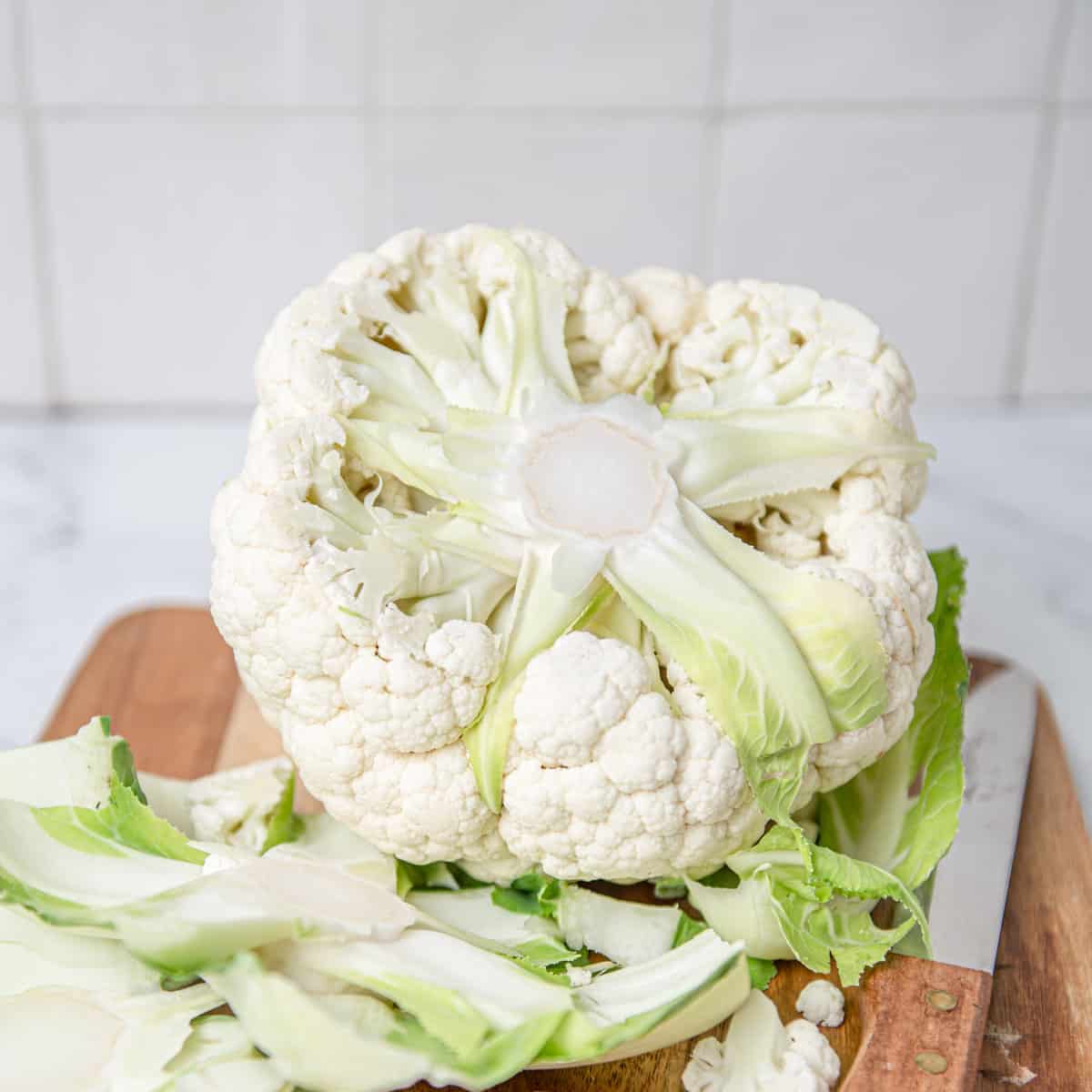
Interesting Facts
- Cauliflower leaves and stems can be added to broth to add flavor - they're perfectly edible.
- The heaviest cauliflower ever, according to the Guinness Book of Records, weighed 60 pounds and 9.3 ounces.
- India and China produce over 70% of the world's cauliflower.
Now you know how to choose and store cauliflower, you might want to try some new cauliflower recipes such as cauliflower rice or a creamy cauliflower soup. There are endless ways to prepare this versatile cruciferous vegetable, and its health benefits, vitamins, minerals, and antioxidants mean it's a great vegetable to add to your regular meal rotation.
